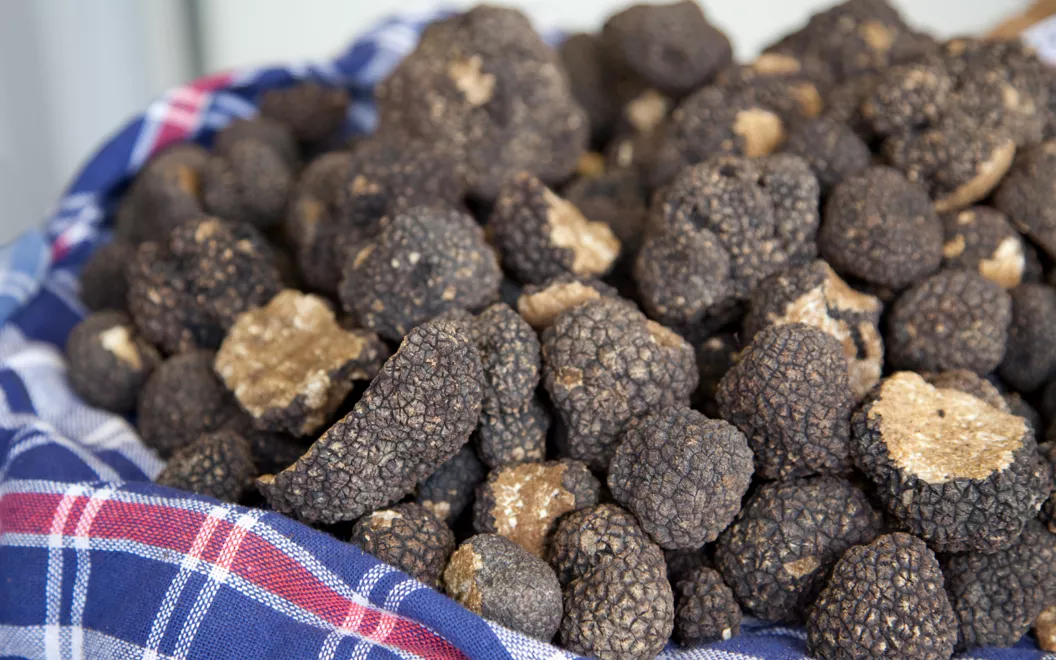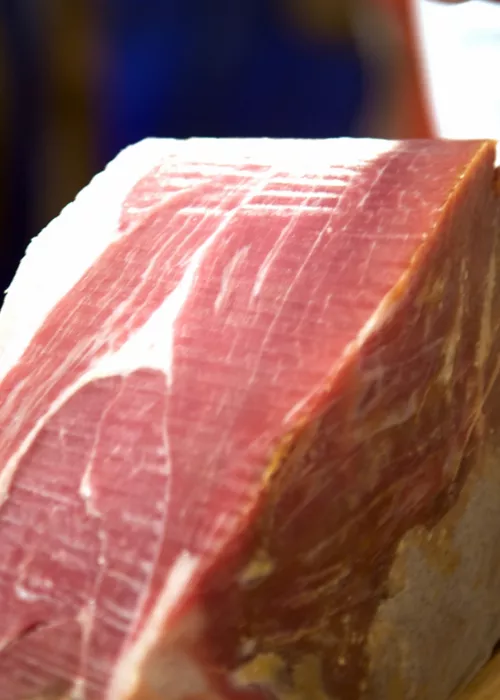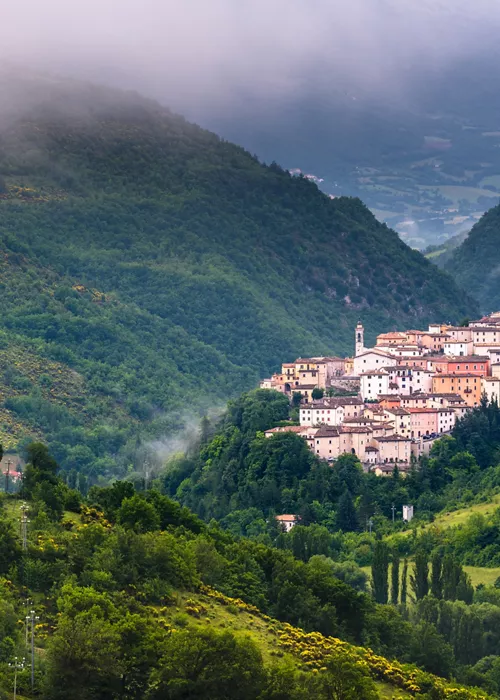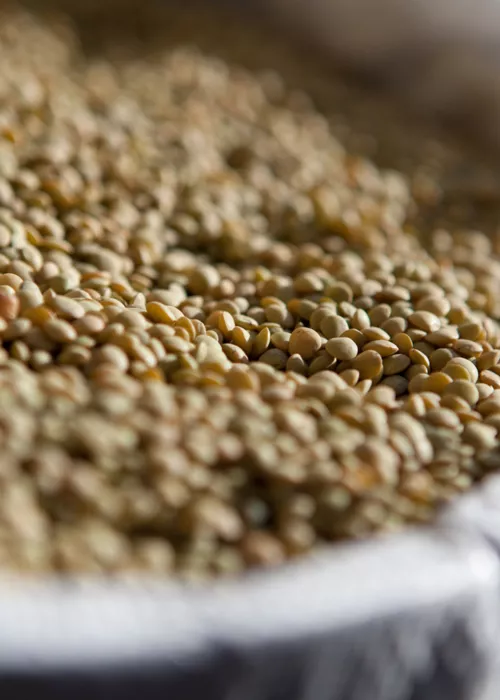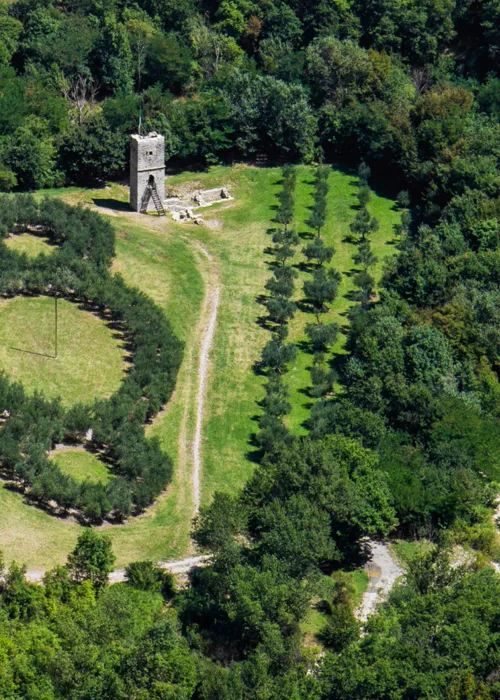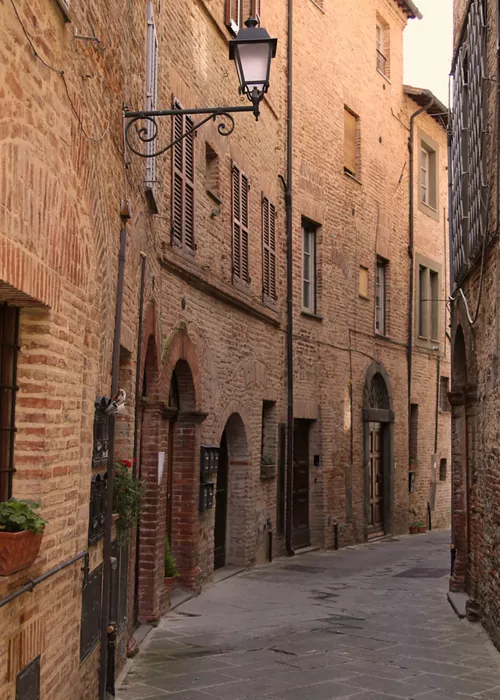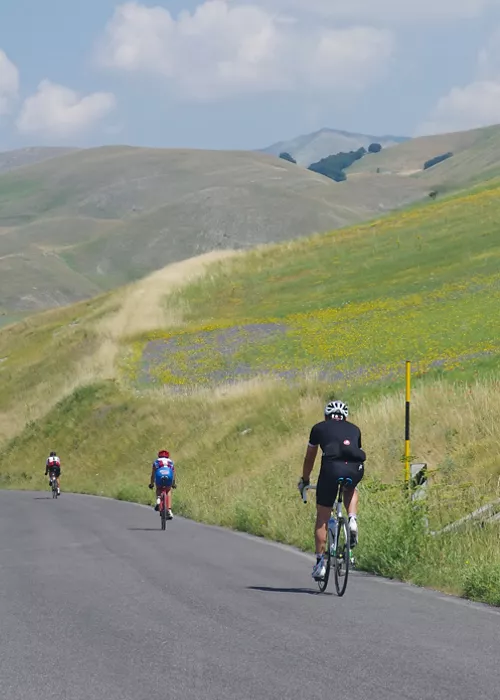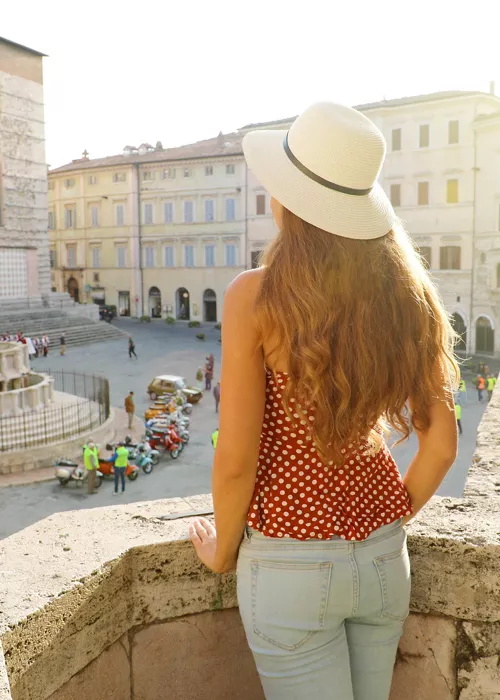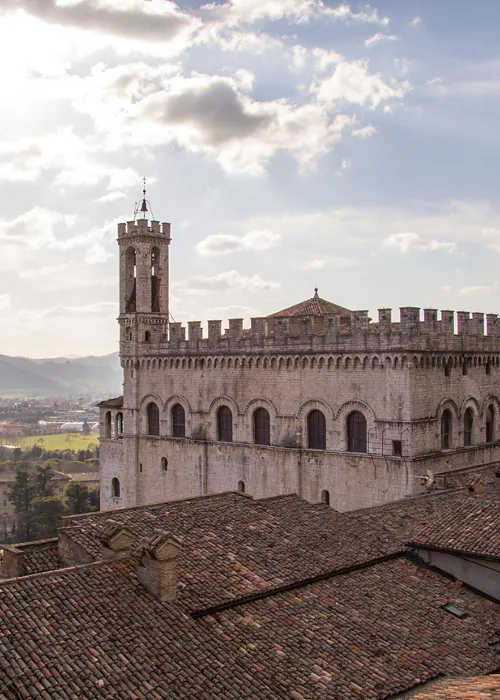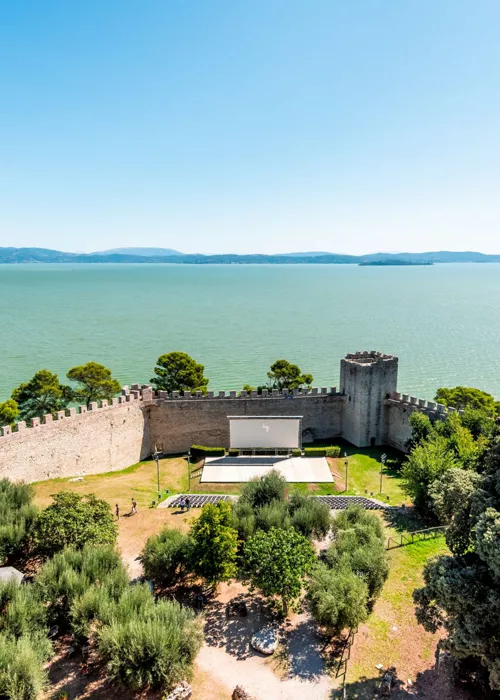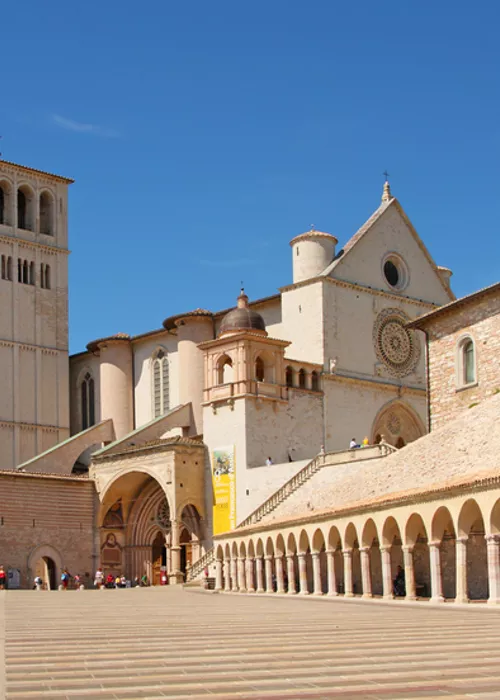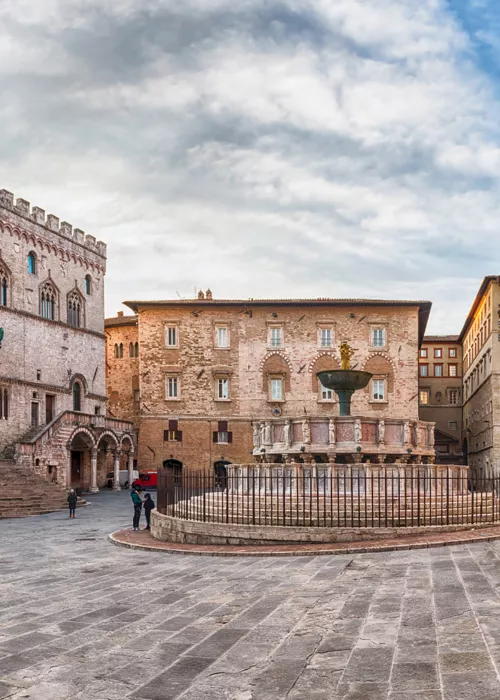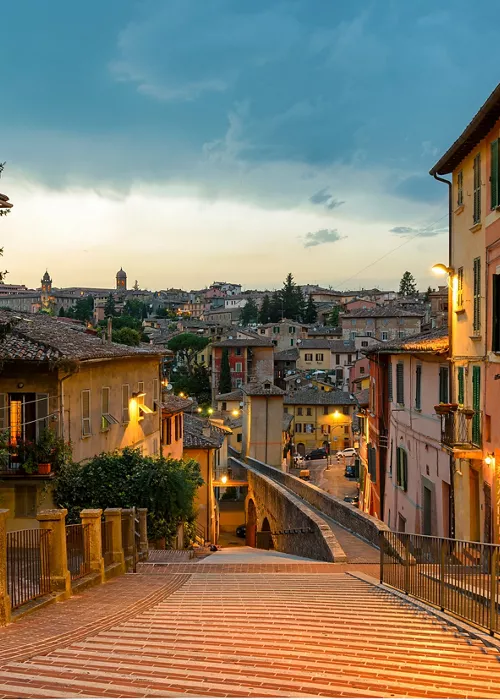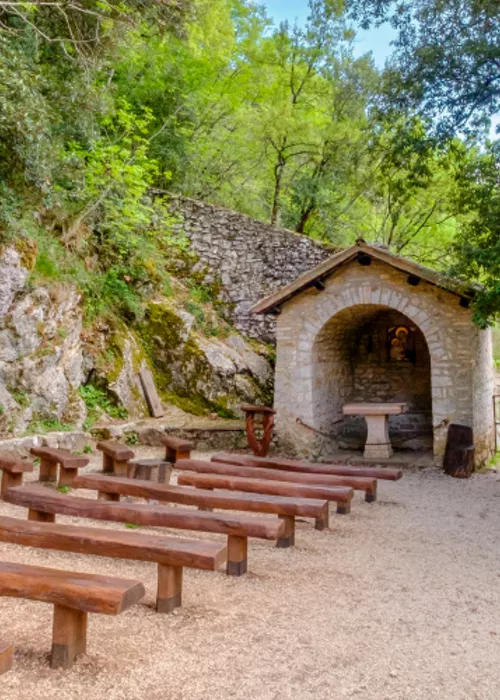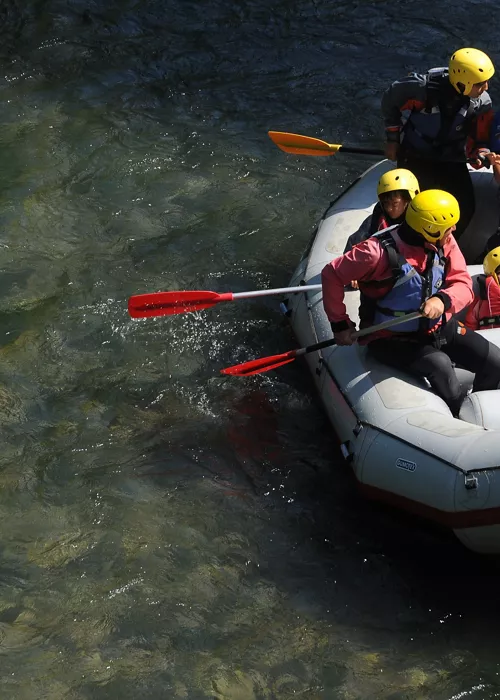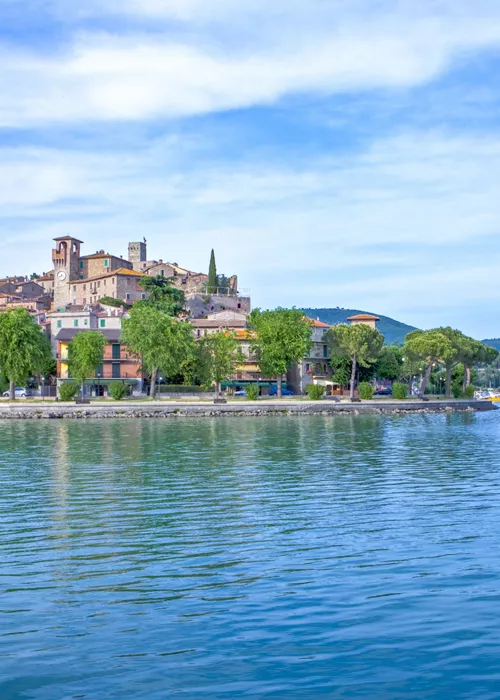History of the truffle
1 minute
We find it in the undergrowth, its natural habitat is near the roots of trees. Known since antiquity by the Babylonians who searched for it in the sands of the deserts, the Greeks and Romans were also enthusiastic about it to the point of attributing divine qualities to it, believing it to be the result of the anger of the king of the gods Jupiter unleashed by a thunderbolt thrown near an oak tree, and it was this story that gave rise to the idea that the truffle possessed aphrodisiac qualities.
Historical background
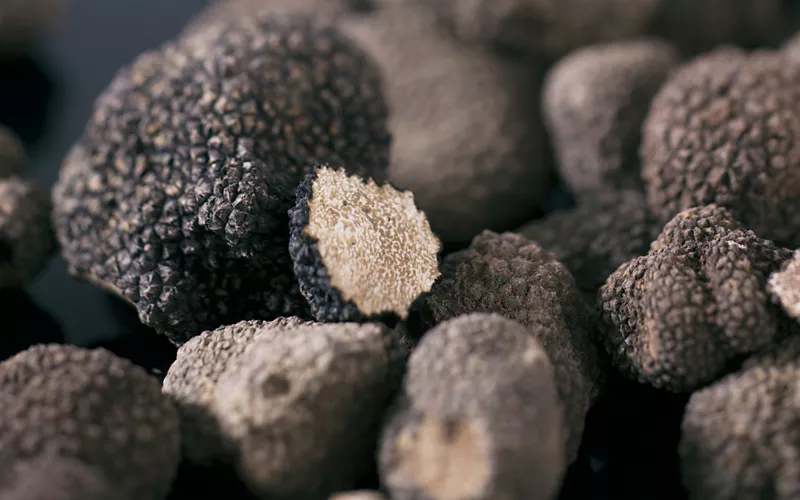
Umbria has always been a land of truffles: this "fragrant stone" was called "tartùfro" and spread its use and knowledge throughout the peninsula.
However, with the advent of the Middle Ages, interest in truffles declined considerably, as they were believed to be poisonous or a food of witches.
During the Renaissance, with the rise of the culture of taste and the culinary art, it was revalued to the point of being considered a protagonist in the cuisine of the lords of the time. In 1564, the Umbrian physician Alfonso Ceccarelli wrote the first monograph on truffles, the "Opuscolum de Tuberibus", in which he collected the contributions of Greek and Roman naturalists and various historical curiosities.
The king of the table
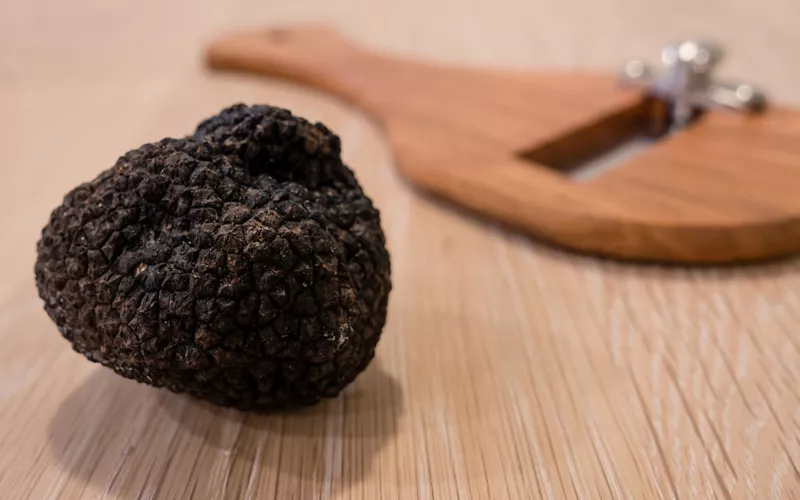
Its notoriety did not stop and over time strengthened its reputation as a prince of the table. Suffice it to say that the tradition of using a dog to search for it seems to have originated in the 18th century when it was held as a court entertainment. In its long history, it has been appreciated by various famous people, including Count Camillo Benso di Cavour, who used it as a diplomatic tool in his political activities, or Lord Byron, who kept it on his desk so that its intense perfume would reawaken his creativity. Still preserved in the museum of the Teatro Lirico Sperimentale in Spoleto is the missive with which in 1868 Gioachino Rossini, who was living in Paris, asked a Spoleto merchant for his truffles
Content compiled with information provided by the Umbria Region
Partner
